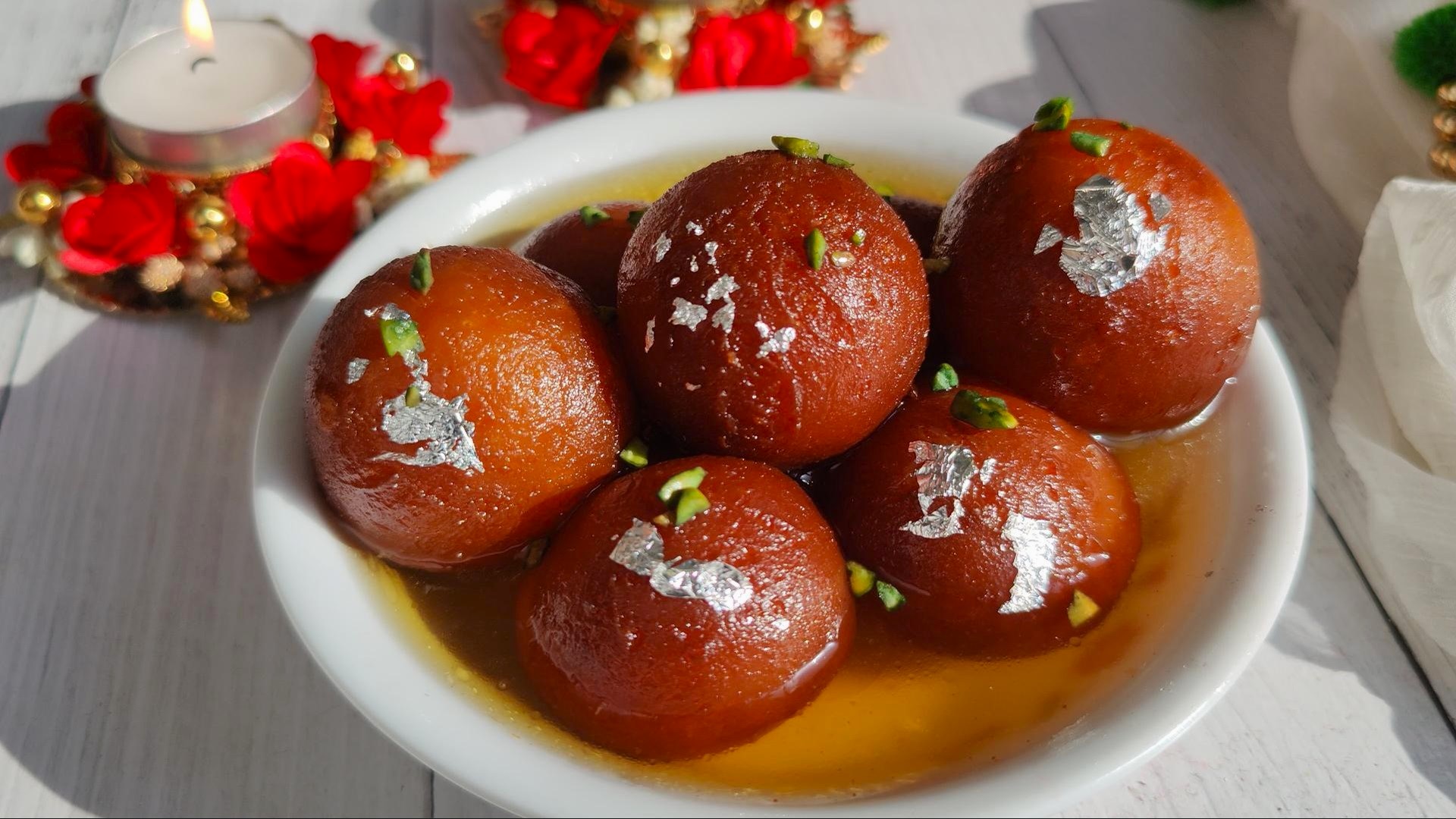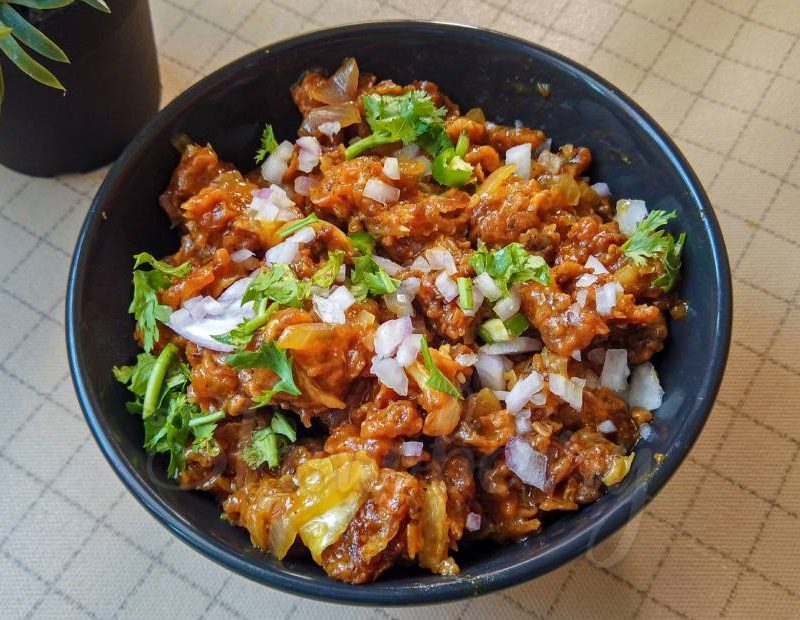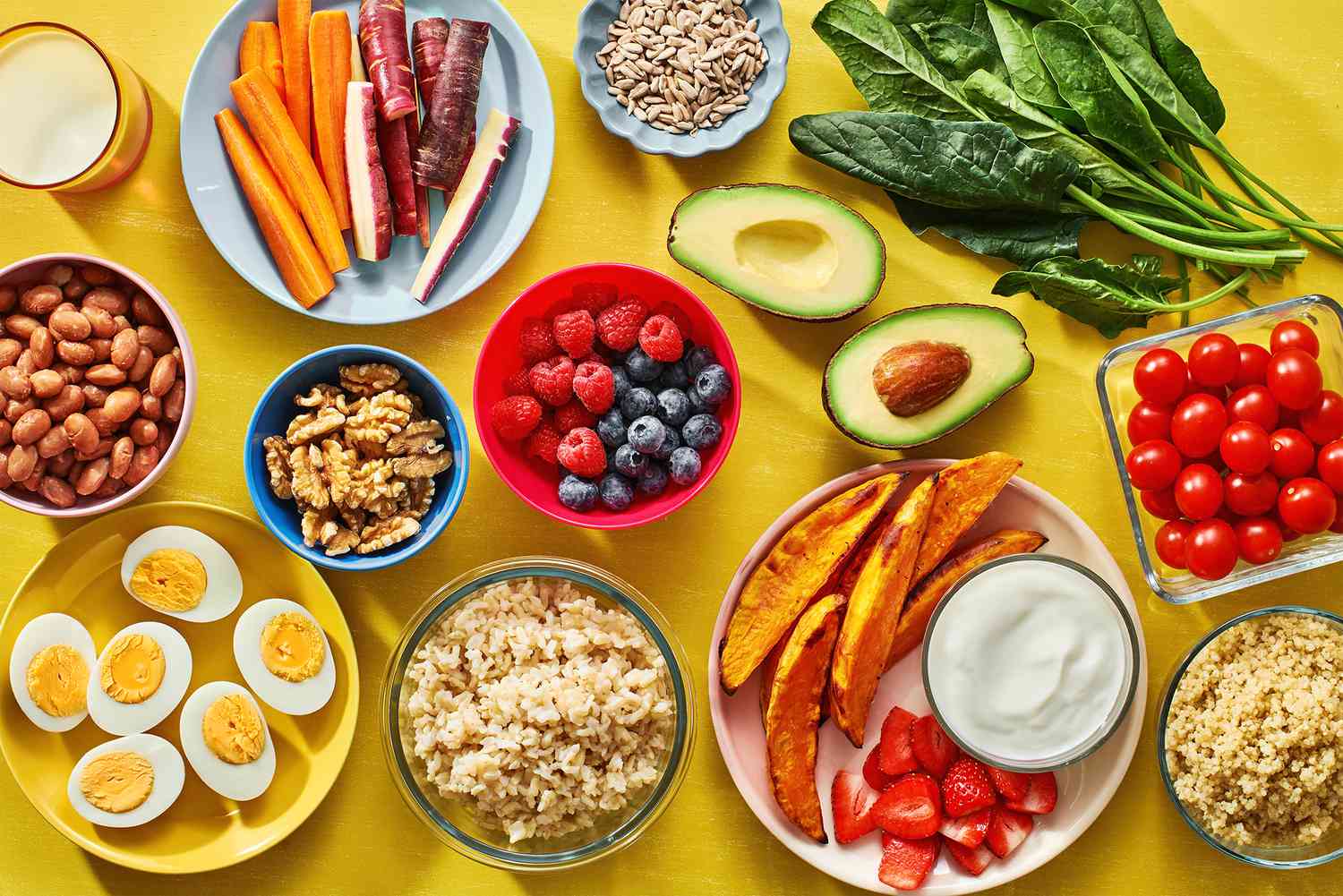Sweets are an integral part of Indian culture. From celebrating festivals and birthdays to simply satisfying a late-night craving, they bring people together and add joy to daily life. But in recent years, store-bought sweets have raised concerns due to excessive sugar, artificial colors, preservatives, and even unhealthy fats. This is where homemade sweets shine—not just in taste, but also in nutrition, purity, and emotional value.
The biggest advantage of homemade sweets is control over ingredients. When you prepare a dessert at home, you decide how much sugar or ghee goes into it. You can use jaggery instead of refined sugar, coconut oil instead of vanaspati (hydrogenated fat), and fresh milk instead of milk powder. There’s no need to rely on artificial flavors or preservatives when real ingredients do the job better. This kind of control ensures that your sweets are not only delicious but also cleaner and healthier.

Homemade sweets are also free from harmful additives. Many commercially sold sweets, especially during festive seasons, are made in bulk and stored for long durations. To extend shelf life and enhance appearance, synthetic food colors, flavoring agents, and thickening chemicals are added. These can be harmful when consumed regularly. On the other hand, traditional homemade sweets like coconut laddu, besan barfi, or rava kesari use natural ingredients and can be made fresh in small batches.
Another beautiful benefit of making sweets at home is the emotional and cultural connection. Recipes passed down from mothers and grandmothers carry not just flavor but also memories. Preparing sweets together as a family during Diwali, Pongal, or Eid turns cooking into an experience of bonding and love. Children also get involved, learning not just recipes but the joy of creating something with their own hands.
Let’s also not forget the customization factor. Homemade sweets can be adapted to dietary needs—low-sugar options for diabetics, dry fruit-based treats for energy, or vegan versions for those avoiding dairy. You can even experiment by adding superfoods like flax seeds, oats, or chia into traditional recipes to make them more nutritious. Try making carrot halwa with jaggery and coconut milk or a date and nut roll with zero added sugar—you’ll be surprised how tasty and healthy sweets can be.
Finally, making sweets at home is also budget-friendly. Buying premium sweets from stores, especially during festivals, can be expensive. But the same recipes, when made at home with bulk-bought ingredients, cost far less and yield more. And the best part? You know exactly what’s going into your body.
In conclusion, homemade sweets are more than just a treat—they are a celebration of health, tradition, and family. By choosing to pre



